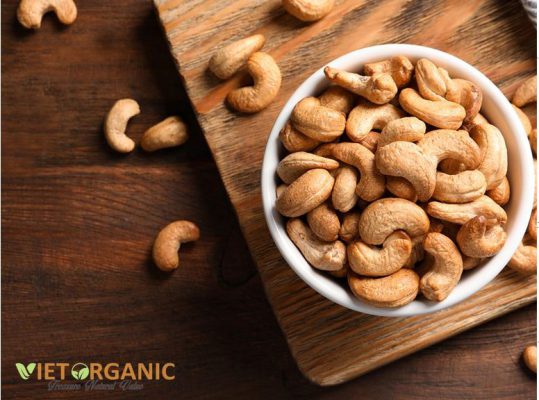

These surplus calories can come from any of the 3 macro-nutrients, but are eventually stored by the body as fat.

If the result of the equation is a positive number, it means more calories are being consumed than are being expended. Individuals who are highly active burn far more calories than those who lead sedentary lifestyles. Any exercise or other activities that you do on top of this burns more calories. Your basal metabolic rate (BMR) is the number of calories that your body burns at rest, in order to keep you alive. The second number in the equation represents the energy that you burn throughout the day. This is why high fat foods like cashews are much higher in calories than low fat foods. Protein and carbohydrates provide you with 4 calories per gram, whereas fat provides you with 9. The calorie content of foods and beverages can vary greatly, depending on what they are made up of.Īll foods are made up of at least one of the three macro-nutrients: protein, carbohydrates and fat.

The first number in the equation represents the energy that enters your body, which all comes from the foods that you eat and beverages that you drink. Weight management can be a complex subject, but at its core, it can be summarised by a concise equation: calories in – calories out. The short answer is yes, provided you eat them in moderation. They taste delicious on their own, but can also be incorporated into lots of recipes.Īt the same time however, they are a fat rich food, so you may be wondering whether they should be a part of your diet when you are trying to manage your weight. Cashew nuts are very nutritious, being an excellent source of a variety of vitamins and minerals such as vitamin K, iron, magnesium, zinc, manganese and selenium.


 0 kommentar(er)
0 kommentar(er)
